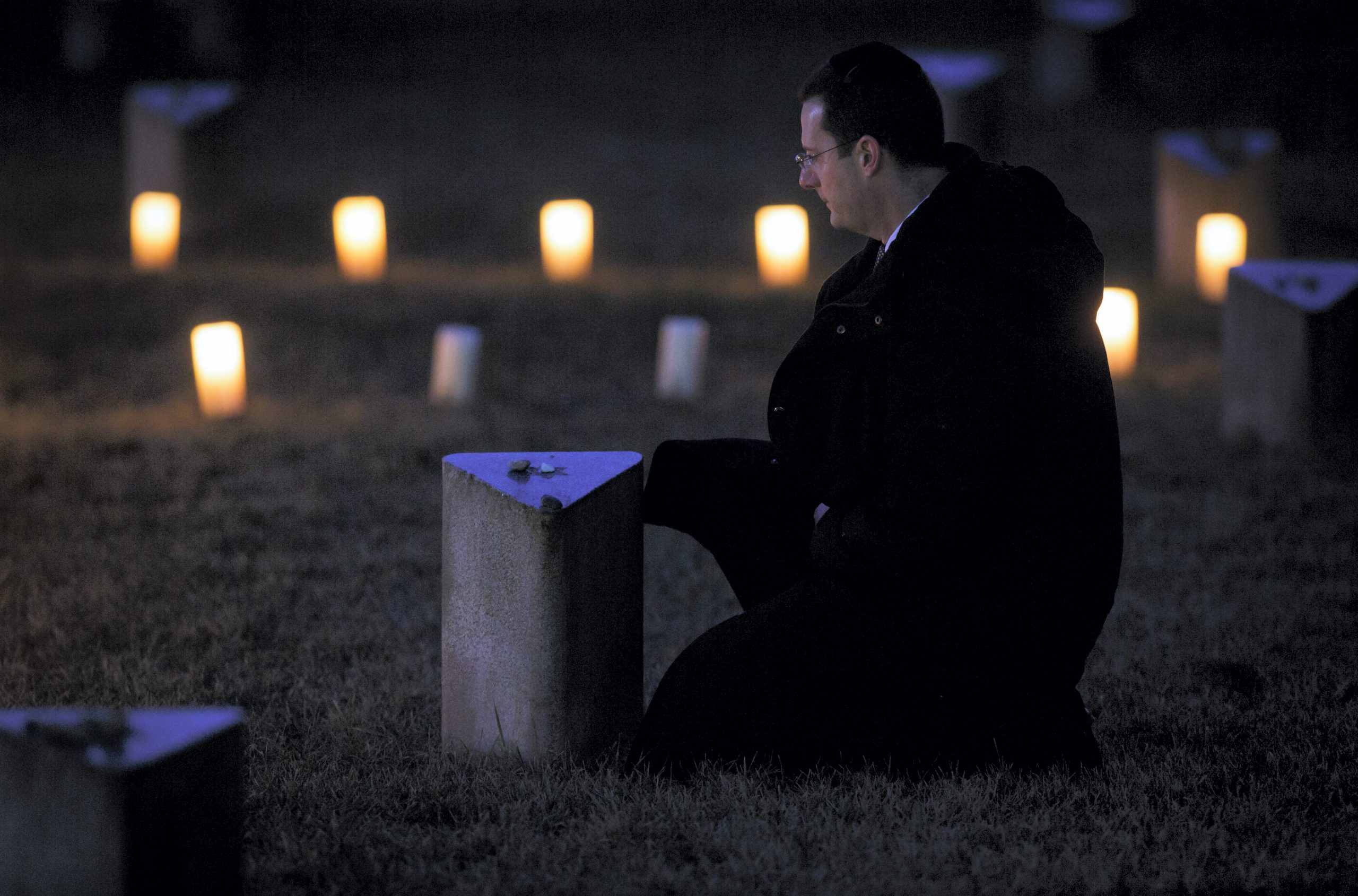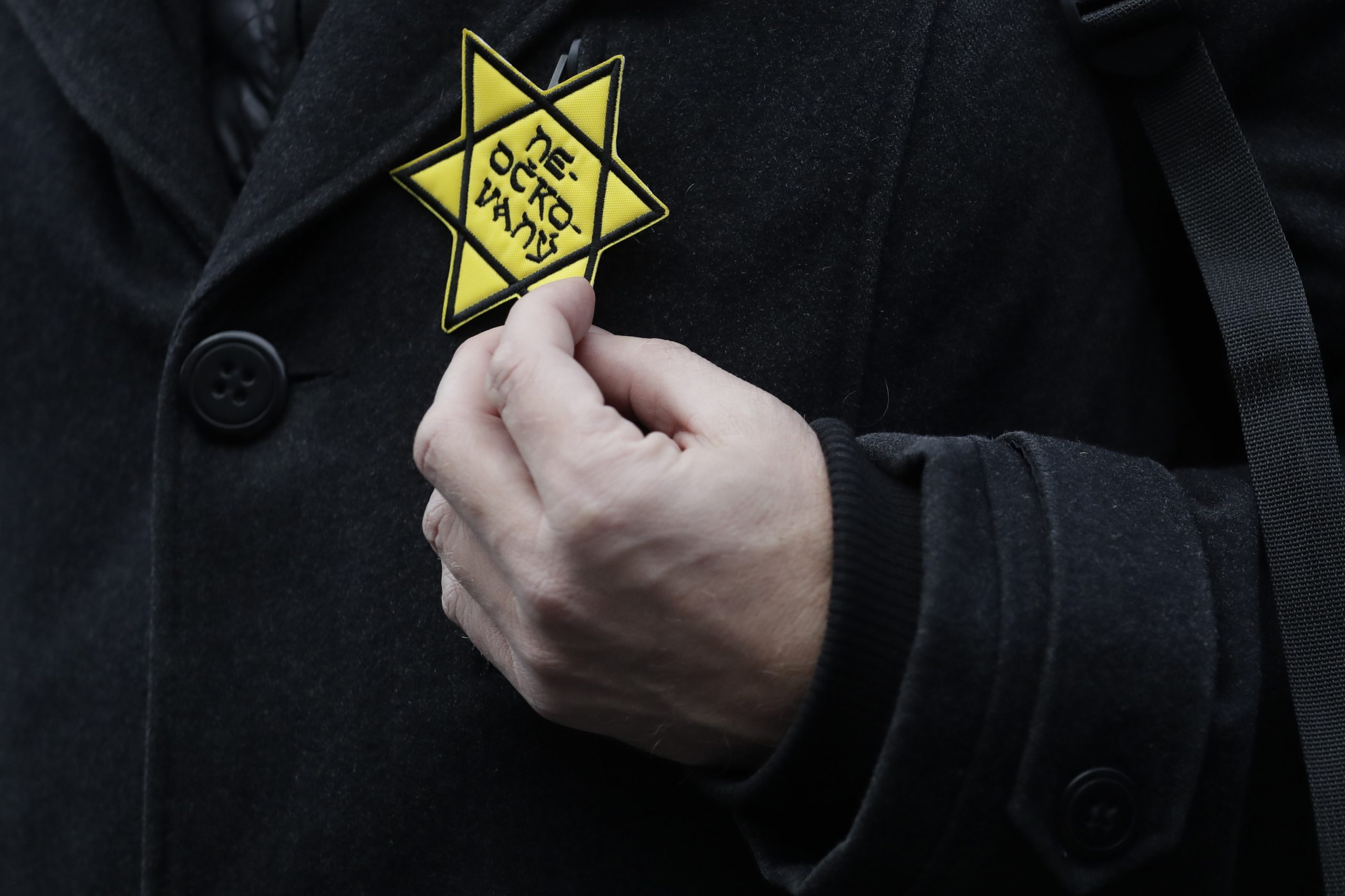A new book by a Czech historian takes a close look at the inmate society of the Terezin (Theresienstadt in German) camp and challenges not so much established Czech national narratives of the ghetto and Holocaust, but a virtual wall of silence.
National narratives around World War II and the Holocaust have become a fierce battleground in much of Central Europe, but not in the Czech Republic, where communism dominates historical perspectives on the 20th century. But a new book by Holocaust historian Dr Anna Hájková seeks to uncover the stories silenced by these processes.
The Last Ghetto: An Everyday History of Theresienstadt takes a close look at the inmate society of the camp – the last Nazi ghetto to be liberated, one day after the end of World War II – and how it reflected “the Central and Western European middle class both before and after the war”.
Sitting around 60 kilometres north-west of Prague, the former garrison town of Terezin – known as Theresienstadt in German – served as a WWII internment ghetto for European Jews, where some 155,000 were imprisoned from November 1941, around 35,000 people died and some 90,000 were deported to other camps to die. The Nazis largely left the prisoners to administrate the camp themselves while they awaited transports to the death camps and killing sites located in occupied Poland, Belarus and the Baltics.
This provides Hájková with many inroads to investigate how inmate society organised itself, which she argues is empowering. “Standard histories treat prisoners as stripped of agency, a grey powerless mass,” Hájková tells BIRN. “But people hate powerlessness. Look at the approach to the pandemic, for instance. In the face of the virus, we can do so little, but people have been very inventive in breaking lockdown restrictions. Terezin clearly had an imprint of Czech culture.” The original idea for studying Terezin’s inmate society came, she continues, when visiting Israel and meeting survivors. They would talk not only of struggles, but also of playing football and chasing girls.

A man pays his respect after a commemoration ceremony organized by the Fourth International Forum “Let My People Live” during the International Holocaust Remembrance Day at the Jewish cemetery near the former Nazi concentration camp Terezin (Theresienstadt), Czech Republic, 27 January 2015. Photo: Matej Divizna / EPA / picturedesk.com
Yet the author soon discovered that such good times were largely reserved for the social elite, which inside Terezin meant young Czech men who had arrived early in the life of the camp and built much of it. At the opposite end of the hierarchy were elderly inmates who arrived later from Germany or Austria. To them, the Jewish self-administration gave the meanest rations and rudest lodgings.
Devided along ethnic lines
Reflecting the highly secular Czech approach to religion then, the shared Jewishness of the prisoners was not the basis of class and hierarchy amongst the prisoners, Hajkova notes. Rather, the ghetto society was sharply divided along ethnic lines. It was a hierarchy that had deadly consequences for those at the bottom. Records show that 84 per cent of prisoners over 60 that were not transported to the east died in Terezin. No other age group had more than a 11.5 per cent likelihood of perishing in the camp.
“The Nazi policy [of supplying insufficient food supplies] was fatally intensified by the grouping of the population into food categories, corruption, and the quest for individual enrichment among some inmates,” the book reads. “Together, these processes caused the erasure of an entire generation of German, Austrian, and Czech Jewish elderly.”
The book also investigates other workings of the hierarchy and how it produced corruption, class differences and abuse, but also bonding, loyalty and solidarity. In particular, the additional pressures put upon female inmates – ranging from lack of opportunity to secure the most favoured jobs to sexual assault – are explored. The deep prejudice suffered by LGBT prisoners, who are rubbed out of existence by most histories, is also noted.
But such stories are silenced by the standard histories of the Holocaust, and the “sentimentalised stories” of Terezin as a middle class, moderate camp that form the core of the accepted Czech narrative, says Hájková. She asserts that in telling these stories, she is merely “showing a heterogeneous society that behaves in a number of ways because it is human”.
Unfinished business
At the same time, Hájková insists that exposing stories of sexual assault and homophobia is an overtly political act, clearly connecting to contemporary debates over #MeToo and LGBT. In that, she could risk a backlash. Holocaust history has become something of a minefield in Central Europe, as right-wing regimes seek to mould narratives to suit their agenda.
Terezin sits just 60km from Poland, where the Law & Justice (PiS) government is pressing for tight control of WWII history – including the Nazi death camps that were established in the country – to mobilise support for its nationalist populism.

A protestor wears a cloth badge referencing Nazi Jewish badges which reads ‘Unvaccinated’ takes part in a ‘March of Freedom’ on Wenceslas Square in Prague, Czech Republic, 08 January 2021. Photo: Petr David Josek / AP / picturedesk.com
This push, which includes a “Holocaust law” criminalising claims that Poles engaged in any of the Nazis’ crimes, has put academics on the frontline. Historians straying from the “official narrative” have faced lawsuits, job losses and persecution in the press. But the Czech approach to 20th century history is very different. Highly individualistic, Czech society is largely immune to the blood-and-soil rhetoric employed to promote nationalism elsewhere in the region, suggests Ondrej Klipa, an associate professor at Prague’s Charles University.
“There is no real debate over the history of Terezin in Czechia.”
That may have also helped to stymie the relationship of Czechs with Terezin. Hajkova says she has faced no blowback from her work on the camp, though the author suggests there are more specific reasons her work has not incurred the kind of anger that it might meet elsewhere. “There is no real debate over the history of Terezin in Czechia,” she says, although is careful to stress that this is her personal, rather than scholarly, opinion. Compared with most countries towards the eastern end of Europe, Hájková continues, the Czechs understand the Holocaust as a “story apart” that does not play a large role in national memory.
That, she suggests, may be because the country did not suffer the same depth of trauma as its neighbours. However, the historian also notes the way in which virulent anti-communism has come to dominate the national narrative in the Czech public and political spheres.
It’s a dynamic illustrated by recent political episodes. The former Senate president Jaroslav Kubera became a hero last year when his defiance of the Chinese Communist Party ended in a fatal heart attack. Yet that status was bestowed upon him by the nation not long after he told an audience at Terezin that totalitarianism and racism have taken the form of environmental protection, gender equality, political correctness and multiculturalism.
More recently, protestors appeared on the streets of Prague wearing yellow stars, claiming that those refusing COVID-19 vaccination will be marked out in the same way that Jews were during the war. Still, there was little public outcry, save for the objections of stunned Jewish groups. Thus, Hájková’s book challenges not so much established national narratives of the ghetto and Holocaust, but a virtual wall of silence. “I think it’s liberating and helps people to think about the societies they live in to tell these silenced stories,” the author argues. “Czechia has not had this reckoning with its past when it comes to communism, nor the Holocaust.”
First published on 16 March 2021 on Reportingdemocracy.org, a journalistic platform run by the Balkan Investigative Reporting Network.
This text is protected by copyright: © Tim Gosling / Reporting Democracy. If you are interested in republication, please contact the editorial team. Copyright information on pictures, graphics and videos are noted directly at the illustrations. Cover picture: Israel’s President Reuven Rivlin (L) is accompanied by Czech President Milos Zeman as they arrive for a visit to the cemetery of the former Nazi concentration camp of Terezin (Theresienstadt), in North Bohemia, Czech Republic, 22 October 2015. Photo: Filip Singer / EPA / picturedesk.com